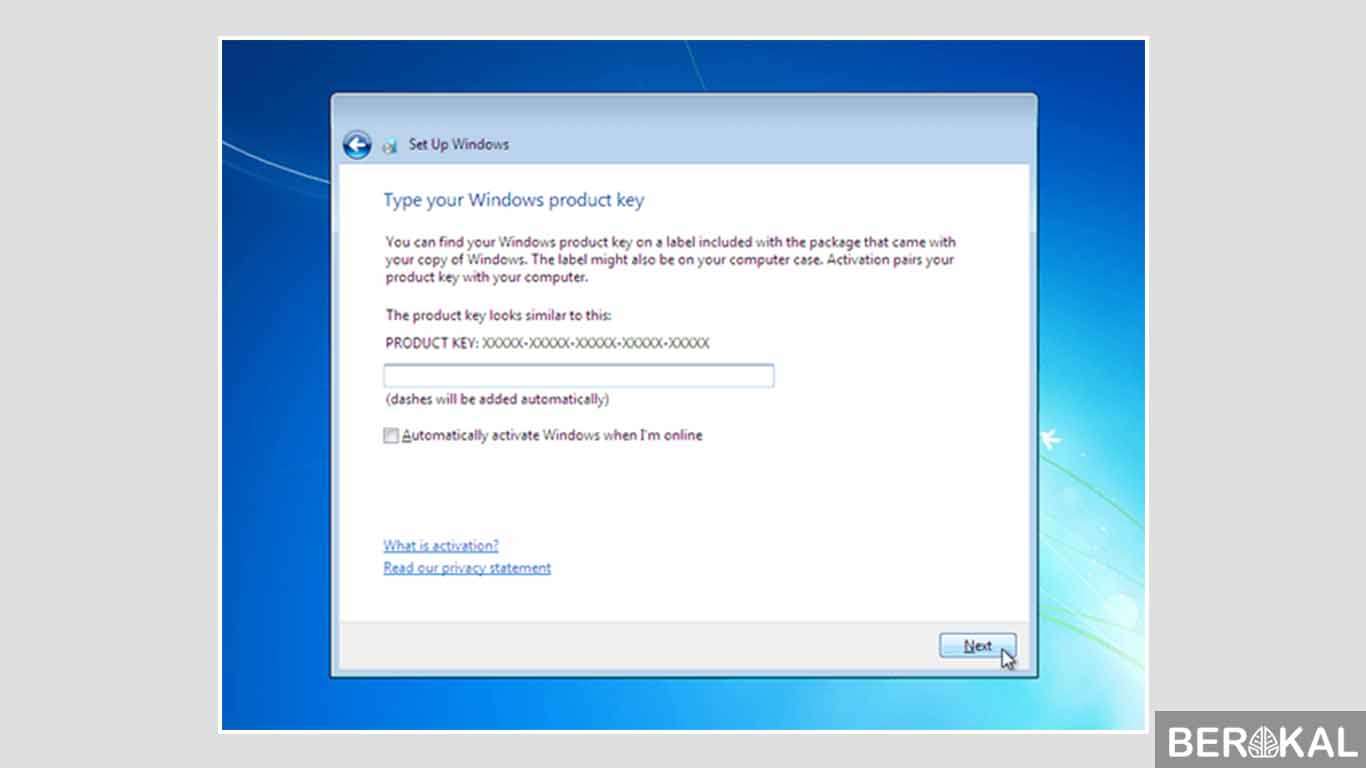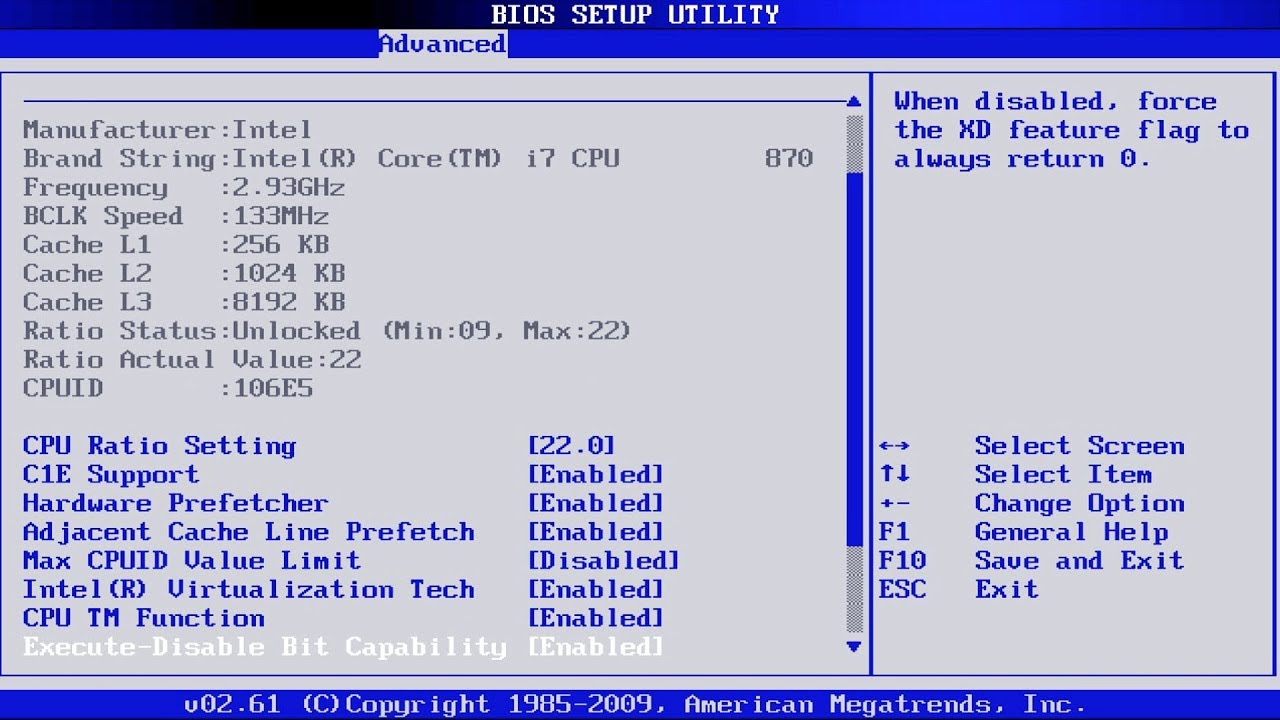Installing a new operating system can seem like an intimidating task, especially if you have never done it before. But fear not, we have compiled a comprehensive guide on how to install Windows 7 via BIOS.

Cara Instal Windows 7 Melalui Bios
Before we begin, ensure that you have a Windows 7 installation disc or ISO file, and the bootable media (either a CD/DVD or USB drive). Once you have these ready, follow the steps below:
Step 1: Boot from the Bootable Media
The first step is to boot your computer from the bootable media. To do this, insert the bootable media (CD/DVD or USB drive) into your computer and restart it. During the startup process, press the key to enter the BIOS settings. This key may vary depending on your computer’s manufacturer, but commonly used ones are F2 and Delete. Once you have accessed the BIOS settings, change the boot order to ensure that the computer boots from the bootable media. Save the changes and exit the BIOS settings.
Step 2: Enable the AHCI Mode
If your computer’s hard drive is set to IDE (Integrated Drive Electronics) mode, you must change it to AHCI (Advanced Host Controller Interface) mode to enable the full functionality of the hard drive. Access the BIOS settings again and navigate to the SATA configuration menu. Change the mode from IDE to AHCI. Save the changes and exit the BIOS settings.
Step 3: Install Windows 7
Once you have successfully booted from the bootable media and set your hard drive to AHCI mode, the installation process will begin. Follow the on-screen instructions to complete the installation process. You will need to choose the language, time zone, and keyboard layout. Next, select the disk where you want to install the operating system. If the disk is not formatted, you will be prompted to format it. If the disk has data on it, make sure to backup the data before formatting. After you have selected the disk, the installation process will begin. It may take some time to complete, so be patient.
Step 4: Install the Drivers and Updates
After the installation process is complete, you can begin installing the drivers and updates for your computer. This will ensure that your computer functions properly and is up to date with the latest security patches. To install the drivers and updates, go to the device manager in the control panel and install the necessary drivers. You can also download the latest updates from the Microsoft website.

Cara Instal Ulang Windows 7 via CD & Flashdisk + Gambar
Installing Windows 7 via a flash drive can be a more convenient option if you don’t have access to a CD/DVD drive. Here’s how to do it:
Step 1: Create a Bootable USB Drive
The first step is to create a bootable USB drive. To do this, you will need a USB drive with a minimum of 8GB capacity. Download the Windows 7 ISO file from the Microsoft website. Next, download and install the Windows USB/DVD Download Tool. Once installed, run the tool and choose the ISO file and the USB drive to create a bootable USB drive.
Step 2: Boot from the USB Drive
Insert the bootable USB drive into your computer and restart it. During the startup process, press the key to enter the BIOS settings. Change the boot order to ensure that the computer boots from the USB drive. Save the changes and exit the BIOS settings.
Step 3: Install Windows 7
Once you have successfully booted from the USB drive, the installation process will begin. Follow the same on-screen instructions as for the CD/DVD installation process.
Step 4: Install the Drivers and Updates
After the installation process is complete, install the necessary drivers and updates as described in the CD/DVD installation process.

9 Cara Masuk Bios Windows 10
Now that you know how to install Windows 7 via BIOS, let’s take a look at how to access BIOS settings in Windows 10. Here are 9 ways to do it:
- Using the Shift+Restart Method: click the Start button, hold down the shift key, and click Restart. Then, click Troubleshoot > Advanced options > UEFI Firmware Settings > Restart to access the BIOS settings.
- Using the Settings App: click the Start button, click the Settings icon, select Update & Security, and click Recovery. Under Advanced Startup, click Restart Now. Then, click Troubleshoot > Advanced options > UEFI Firmware Settings > Restart to access the BIOS settings.
- Using the Power User Menu: right-click on the Start button or press Windows key + X to open the Power User Menu. Then, select Shut down or sign out > Restart. After the restart, press the key to access the BIOS settings.
- Using the Command Prompt: open the Command Prompt as an administrator and type the following command: shutdown /r /fw. After the restart, press the key to access the BIOS settings.
- Using the Run Dialog Box: press Windows key + R to open the Run dialog box. Then, type “shutdown.exe /r /fw” and press enter. After the restart, press the key to access the BIOS settings.
- Using the System Configuration Utility: press Windows key + R to open the Run dialog box. Then, type “msconfig” and press enter. In the System Configuration Utility, click the Boot tab and check the “Safe boot” option. Underneath it, select “Minimal” and click OK. Restart the computer and press the key to access the BIOS settings.
- Using the Advanced Startup Options: click the Start button, hold down the shift key, and click Restart. Then, click Troubleshoot > Advanced options > Startup Settings > Restart. After the restart, press the key to access the BIOS settings.
- Using the Recovery Drive: create a Windows 10 recovery drive and insert it into your computer. During the startup process, press the key to access the BIOS settings.
- Using the Windows 10 Installation Media: create a Windows 10 installation media and boot your computer from the media. During the startup process, press the key to access the BIOS settings.
FAQ
1. How do I know if my computer supports booting from a USB drive?
Not all computers support booting from a USB drive, especially older computers. To check if your computer supports it, access the BIOS settings and look for the boot options. If it includes a USB drive option, then your computer supports it. If not, you may need to use the CD/DVD installation method or upgrade your computer’s BIOS version.
2. What should I do if I encounter errors during the installation process?
There could be several reasons why errors occur during the installation process, such as a corrupted ISO image, faulty hardware, or insufficient memory. Check the error message and try to troubleshoot the problem accordingly. Here are some general tips:
- Ensure that the ISO file or installation media is not corrupted.
- Check if your computer meets the minimum requirements for installing Windows 7.
- Disconnect any unnecessary external devices before installation.
- Run the installation process as an administrator.
- Perform a clean installation by formatting the disk (make sure to backup any important data before doing this).
- Test your computer’s hardware for any faults.
Video Tutorial – How to Install Windows 7 via BIOS
Now that you have learned how to install Windows 7 via BIOS and access BIOS settings in Windows 10, you can confidently upgrade or reinstall your operating system. Good luck!


